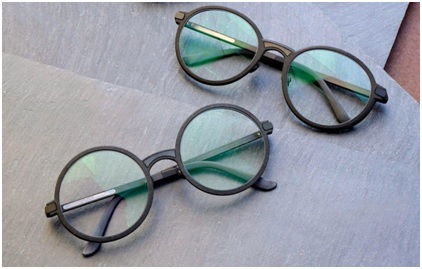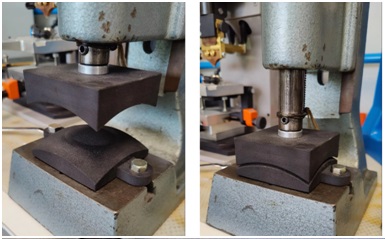How SLS 3D Printing is solving challenges in Eyewear Industry
Eyewear industry is a unique industry posing several challenges that led to companies exploring new possibilities with 3D printing. From the customer’s perspective, there are 3 aspects: The need for newer designs and looks, the demand for customized eyewear solutions, and quality. From the manufacturers’ and retailers perspective there are again 3 aspects: the need for having to maintain stock of eyewear frames, managing the inventory, and ensuring quality and timely delivery. Let’s see how 3D printing is solving these challenges in each stage.

Technology
3D Printing is a generic term but the printing technology has to be capable of achieving top notch surface quality, strength, light in weight and aesthetic look to the frame. For prototyping purpose or for direct use, any 3D printing technology out of FDM, SLA, SLS can be used for making the frames but most companies are making use of Selective Laser Sintering (SLS) machines that fuse Nylon powders under a laser that offers reliability, accuracy and speed. Marcus Marienfeld AG, a Swiss eyewear company has been using Nylon11 powder and Formlabs Fuse1 printers. Due to the large build volume of this printer, they were able to produce a series of batches for selected design models. Although SLS prints leave a matte rough finish on them, the company pioneered a proprietary post processing technique to give high quality surface finish to the frames after they are printed.
So far we have seen the frames getting 3D printed but it cannot be said that printing lenses as per the prescription is not possible and Luxexcel, a company that is working on lenses has patented the micro droplet technology to 3D print ophthalmic prescription lenses.
Design Freedom to evaluate newer models
3D printing has opened design freedom for both designers and modelers to innovate new models that look great. Once the concept is convincing enough, the relevant tooling can be developed for producing in mass scale. Marienfeld said it is leveraging the SLS printed tools to bend titanium frames saving them both development and manufacturing costs for steel tool dies. And innovation has helped to eliminate screws and have 3d printed hinges instead!

Selection Options for Customers
Companies like Hoet, Specsy and Monoqool are offering a new form of service where the customer can talk to the design experts and can get a new design that suits best for him/her or can select 3D printed models from a catalog. 3D scanning is used to obtain the shape of the face and then a suitable design is then developed. Then that frame is offered to be 3D printed in any of the company’s partnering facilities
Hybrid Designs
Companies are making hybrid eyewear designs possible where some areas of the frame are made out of Titanium, gold, platinum metals (that are used in conventional eyewear) and are joined with 3D printed structures made out of Nylon. This gives a new look and also reinforcing the frame while keeping it extremely light.
Cost Saving
This is a new method where the companies are working with logistics and inventory management models where various 3d printing partners who can 3D print the designs for them are identified. Based on the location of the customer, the design is printed and delivered without having to maintain an inventory stock thus saving both transportation and stock keeping costs.